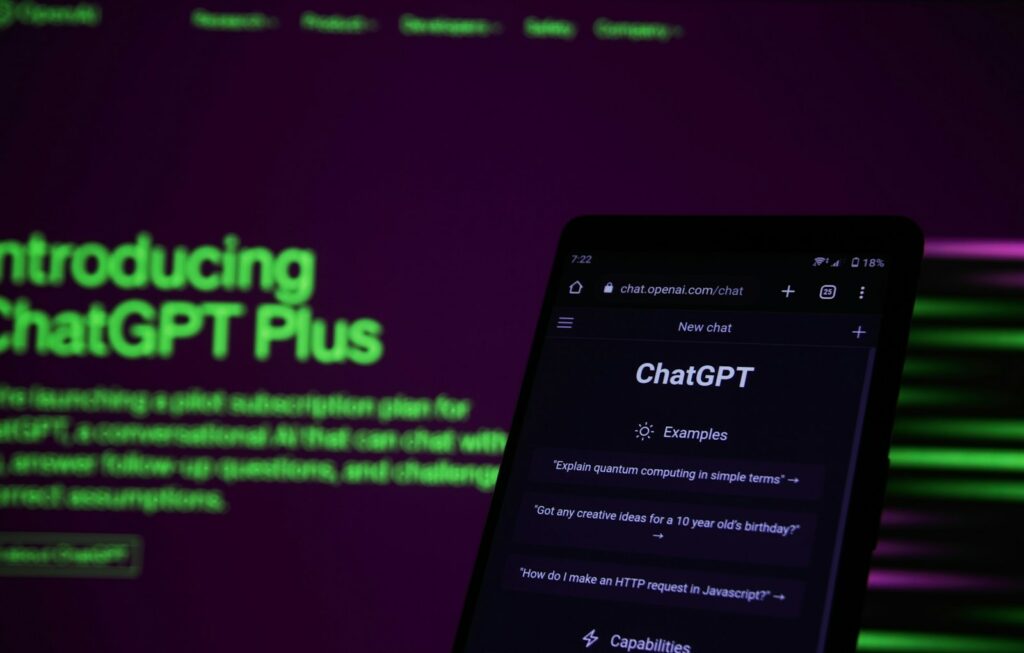Share
Do you remember when information was locked up in books and the fastest way to reach a friend was to call their landline and hope they were available? Congratulations, you were a functioning adult before the 1999, when we woke up to the power of Tim Berners-Lee’s worldwide web, invented a decade beforehand.
Consider how much the world has changed since then.
It’s not just what the web itself has made possible, it’s also the changes in behaviour it has driven. We’re far more likely to expect people to be available online now, although paradoxically, it’s considered almost rude to phone someone without an appointment. And, without thinking, we call up information which would once have needed a set of reference books and we do a host of other things we couldn’t have dreamed of in 1999 – book seats at the cinema, order food for immediately delivery, check the weather and watch videos of kittens being cute.
Similarly, it is very difficult to predict the changes that AI will bring to our lives. Sir Tim Berners-Lee proposed the web in 1989, and it has taken 20 to 30 years for it to become embedded in our lives. We are at the very start of that journey with Artificial Intelligence (AI).
What impact will AI have on Learning and Development? Just as we couldn’t have predicted TikTok in 1989, we can’t say exactly what impact it will have on our future, but we can look at how L&D is reacting to AI right now. And, more importantly, we can ask whether if it helps us prepare for this unknown future.
My recent paper AI in L&D: The State of Play, co-authored with Egle Vinauskaite, published on the one-year anniversary of the launch of ChatGPT, shows that despite those 12 months, L&D has made very little progress engaging with and using AI. The survey respondents were a self-selecting group of people interested in, and engaged with, AI, and yet 45% of the employers among them were only experimenting with AI or had not used it all.
This is understandable. Nowhere in my travels have I met an L&D practitioner who has plenty of free time to experiment with AI. On the contrary, from Las Vegas to London to Kuala Lumpur, every group of L&D professionals that I engage with used the same word in describing their reaction to AI: ‘Overwhelm’. They simply didn’t know how to stay informed and how to tell what was significant among everything they heard. They are not alone. Ethan Mollick is Associate Professor at The Wharton School. It is his job to follow events in AI closely. In November 2023 he wrote ‘I am an academic focused on this… and I barely keep up.’

Despite this uncertainty, there are a few things about AI that we can be sure of. For L&D, one of the most significant in the short term is that it will transform the creation of content. Indeed, in the State of Play report, the ability to create content faster was the prime benefit most respondents anticipated from using AI. This is not all good news. The world does not need more content. It needs content that is better aligned to what people need to learn.
However, the ability to create content faster is definitely a benefit for two reasons. First, we know that new technologies only evolve though our use of them. Texting was added to mobile phones in the 1990s almost as an afterthought. Its unexpected, explosive popularity fuelled the birth of the social media applications that are so much a part of lives today. We do not leap to the future. We find our way there experimentally, trying things out, step by step. And the best way to do that is to start with what you know, learning how the new technology will help you do it better, faster or cheaper.
The second benefit of the ability to create content faster is that it gives L&D people time. Time to step back from the treadmill of content production. I am fond of asking L&D practitioners this question: suppose you spend 10 hours a week producing and maintaining content, and that AI now lets you do that in 1 hour. What will you do with the remaining 9 hours? If their answer is “Create more content”, then they are missing the key benefit of AI – that it can carve out the time to do the other things they should be doing. This includes engaging with the business, building an influential network inside it and understanding the likely skills demands of the future. It also includes experimenting further with AI.
In this uncertain world, we can be sure of one thing: other employees within the organisation and people outside it are busy looking at how AI can improve what they do – and part of that will include learning. Pretty soon AI-driven tools for learning and performance support will pop up in every department. The only way L&D can get ahead of this development is by experimenting with AI, by finding out what it can do now, and gaining a sense how it might be useful in the future.
This, then, is AI’s challenge for L&D. It is a tool that can help us work more effectively. But it is also a tool that allows others to work in the L&D space. Are we ready to take up the challenge, and work with AI to understand how it might be useful in the future?
Donald H Taylor, lead researcher, the L&D Global Sentiment Survey
Share

